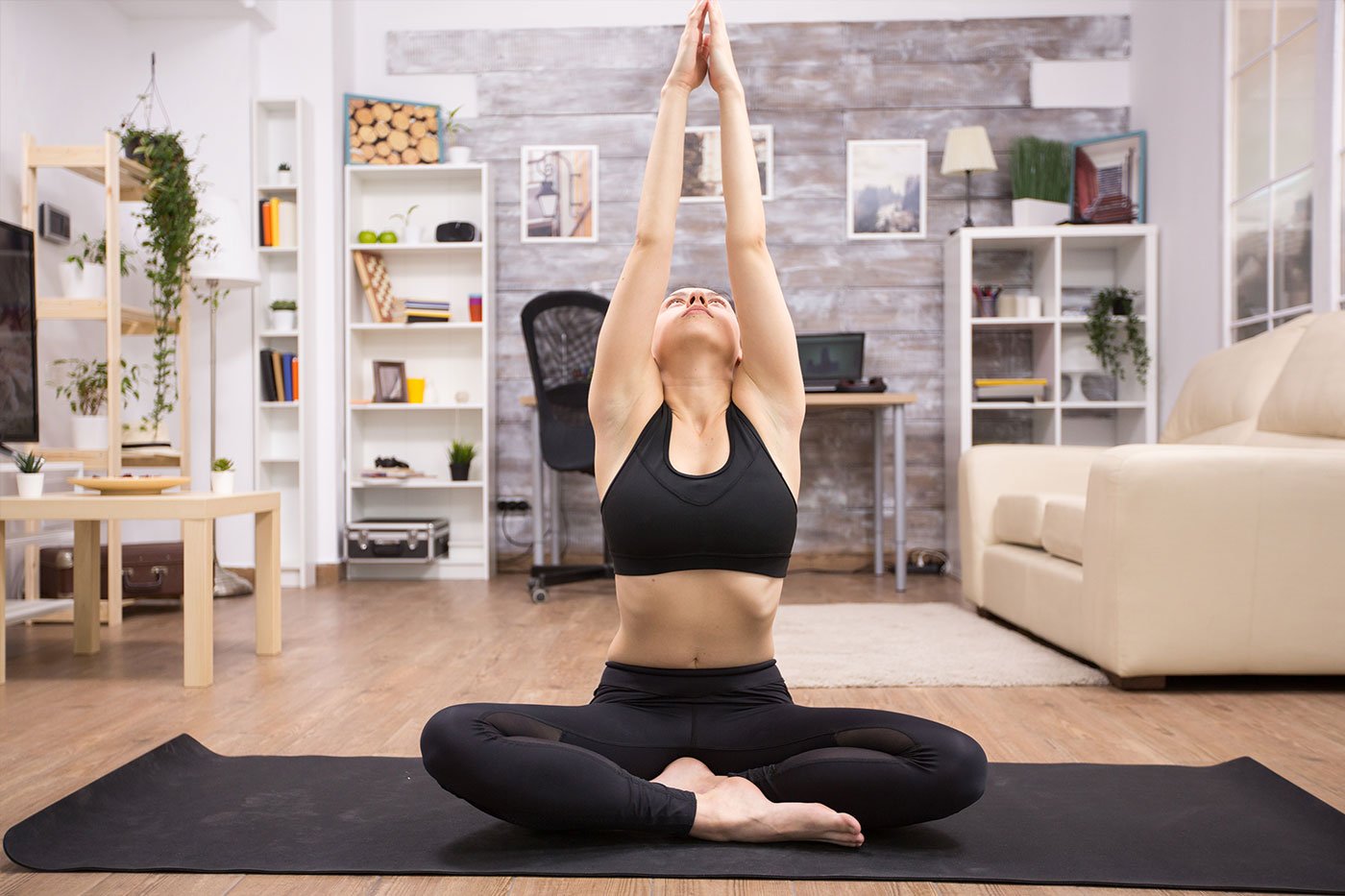
How to Create a Home Yoga Practice That Sticks
In today’s fast-paced world, finding time to visit a yoga studio regularly can be difficult. However, building a home yoga practice can give you the same benefits — flexibility, peace of mind, and inner strength — right from the comfort of your own space. The best part is that you don’t need fancy equipment or a huge area; just a yoga mat, some consistency, and the right mindset. Whether you’re a beginner exploring yoga for the first time or a seasoned practitioner aiming to stay consistent, creating a home yoga routine that truly sticks is all about finding balance between discipline and self-compassion.
In this guide, we’ll explore simple, practical steps to help you make your home yoga practice both enjoyable and sustainable.
Table of Contents
ToggleBenefits of Building a Consistent Home Yoga Practice
Creating a home yoga practice helps you stay connected to your body and mind without the pressure of a studio schedule. It offers flexibility, comfort, and freedom to practice at your own pace. Over time, this self-discipline not only strengthens your body but also deepens mindfulness and emotional balance.
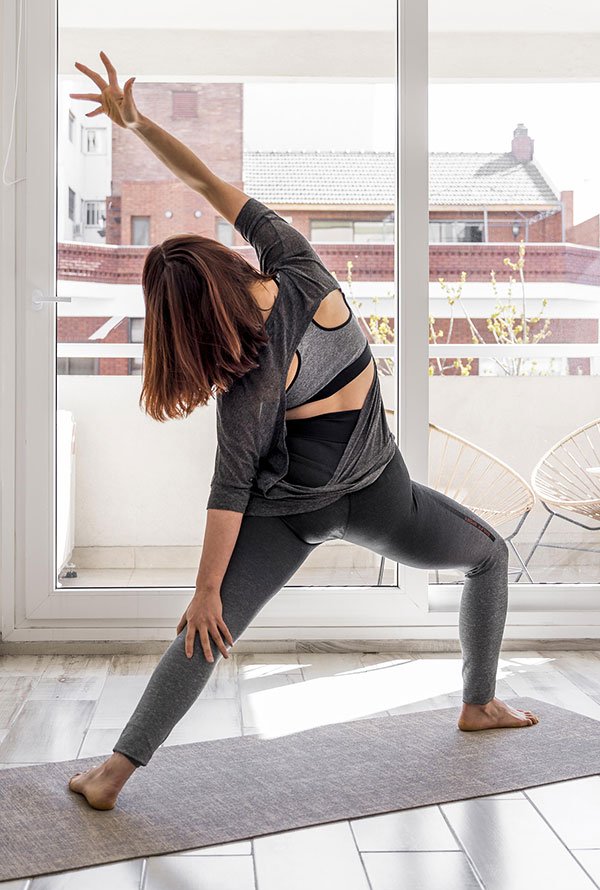 1. Start Small & Set Realistic Goals
1. Start Small & Set Realistic Goals
The first mistake many make is trying too much, too soon. Instead, start with just 10-15 minutes a day, or even a few days each week. Set specific, realistic goals—maybe doing three sessions weekly or mastering one pose every month. Small, steady progress is more sustainable than bursts of intense effort followed by burnout.
2. Create a Dedicated Space
Even a small corner of your home can become your sacred yoga space. A calm, clutter-free area with sufficient natural light helps you mentally prepare each time you walk in. Use a mat, a cushion, perhaps a candle or a few plants to make it inviting. This physical space sends a cue to your mind that “this is yoga time.”
3. Establish a Routine or Ritual
Consistency comes with ritual. Choose a fixed time (morning, evening, or whichever suits your day) and stick to it. Before each session, perform a short ritual—light a candle, stretch, or do a brief breathing exercise—to signal your mind to transition into yoga mode. Over time, this ritual becomes automatic, making it easier to begin.
4. Use Guided Practices & Resources
Sometimes it helps to follow guided classes via YouTube, apps, or recorded sessions. Trimurti Yoga’s online offerings, teacher training videos, and retreat clips can be excellent resources. They keep you motivated and also ensure you practice with proper alignment and technique.
5. Mix It Up & Keep It Interesting
Variety prevents boredom and plateaus. Alternate between styles (e.g., gentle yoga, yin, Vinyasa flow), include meditation or breathwork, or work on strength on some days. Let your practice evolve. When you feel excited about what you’re doing, you’ll tend to stick with it longer.
6. Track Progress & Celebrate Wins
Keep a simple journal or habit tracker. Note the days you practised, which poses you improved in, or how your flexibility or focus has changed. Celebrate even small progress—maybe you can hold a balance pose longer, or your breath is more even during meditation. Positive reinforcement strengthens your habit.
7. Be Kind to Yourself & Expect Ups and Downs
Every practitioner experiences gaps—days when life gets busy, energy is low, or you simply can’t practice. It’s okay. Forgive yourself, then return. Yoga isn’t about perfection but continuity. Be gentle with yourself, and don’t let missed days discourage you.
Why It Matters
Building a home yoga practice that sticks doesn’t just improve your flexibility—it calms your nervous system, reduces stress, improves posture, digestive health, and supports mental clarity. In today’s world of distractions, having your own reliable practice is like having an anchor for your well-being.
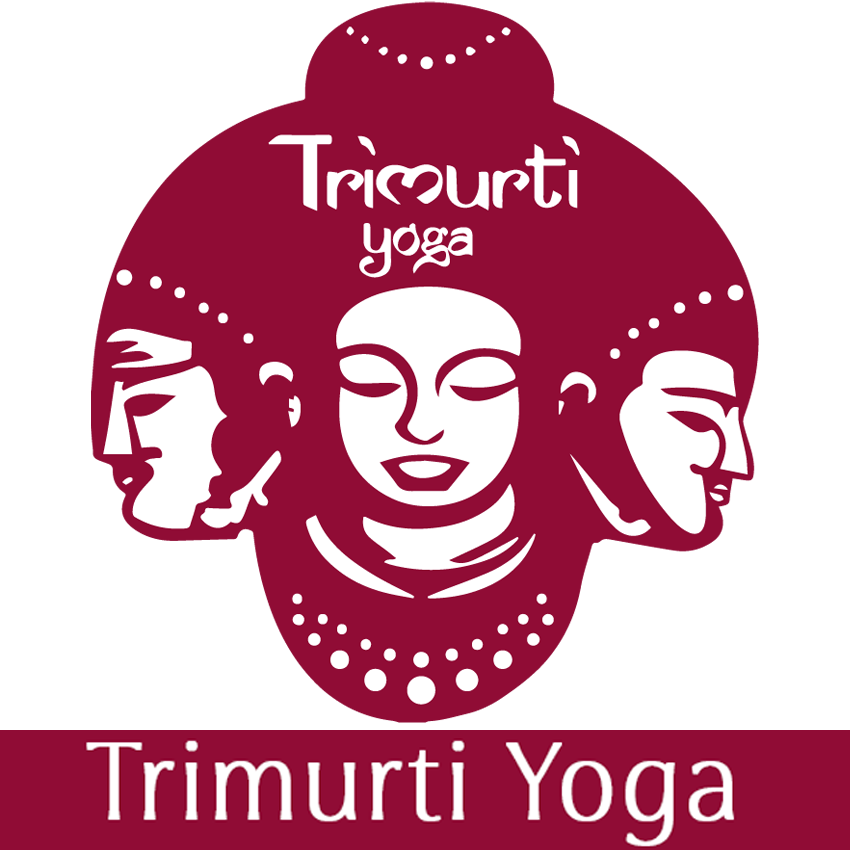
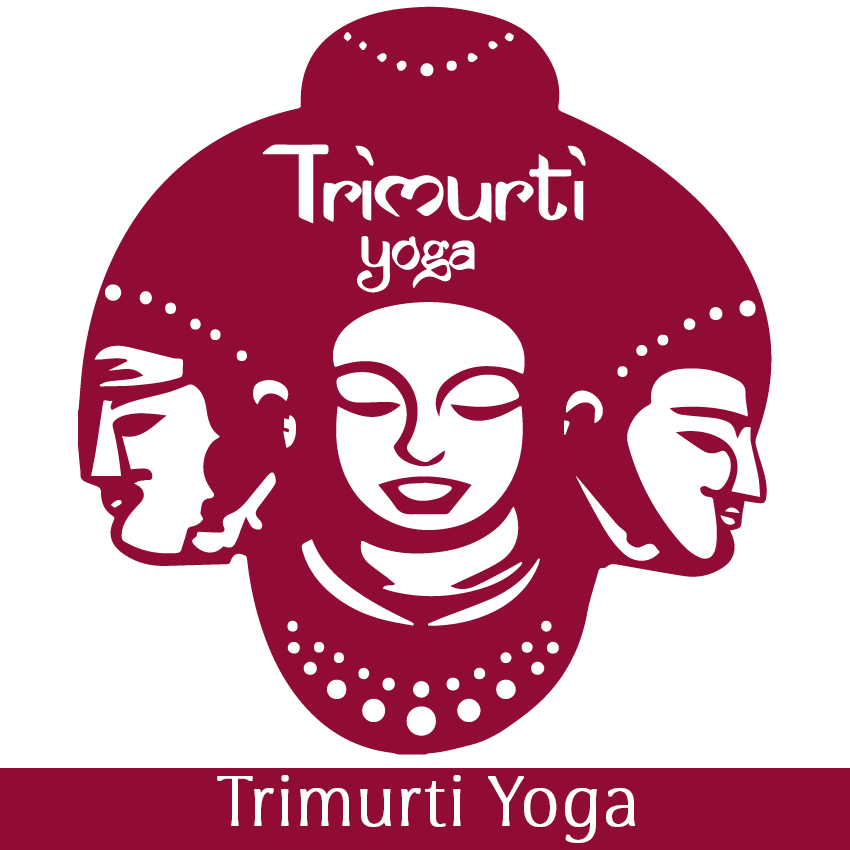
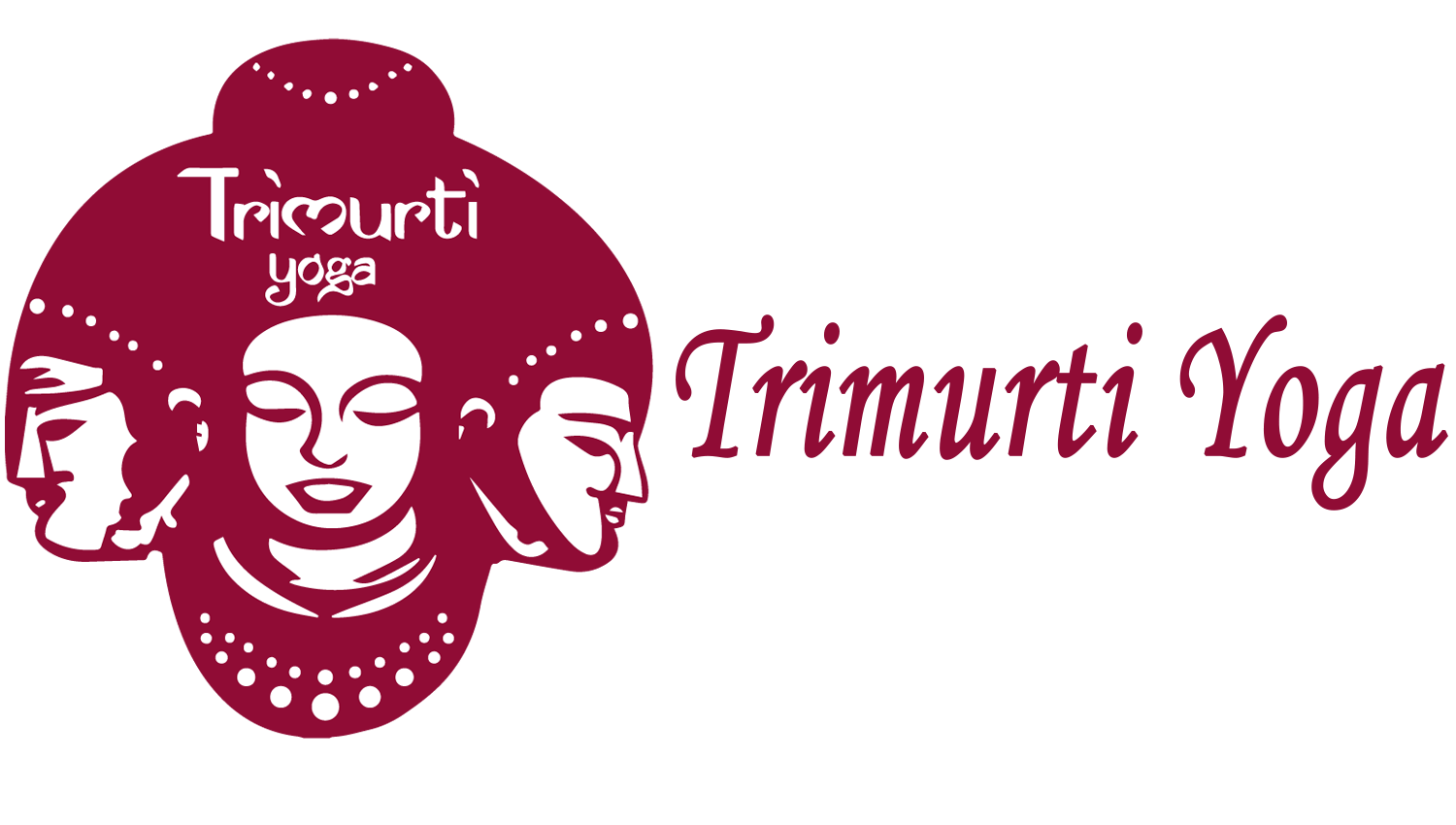


Leave a Reply